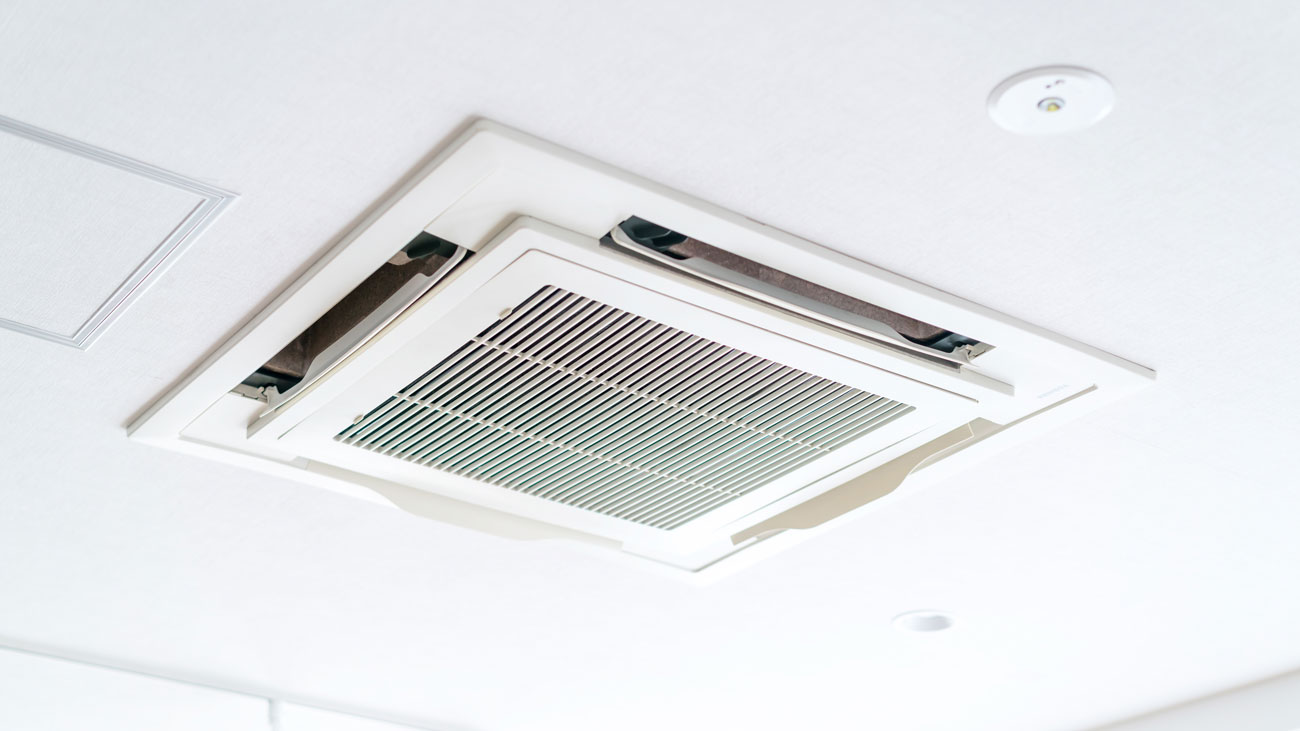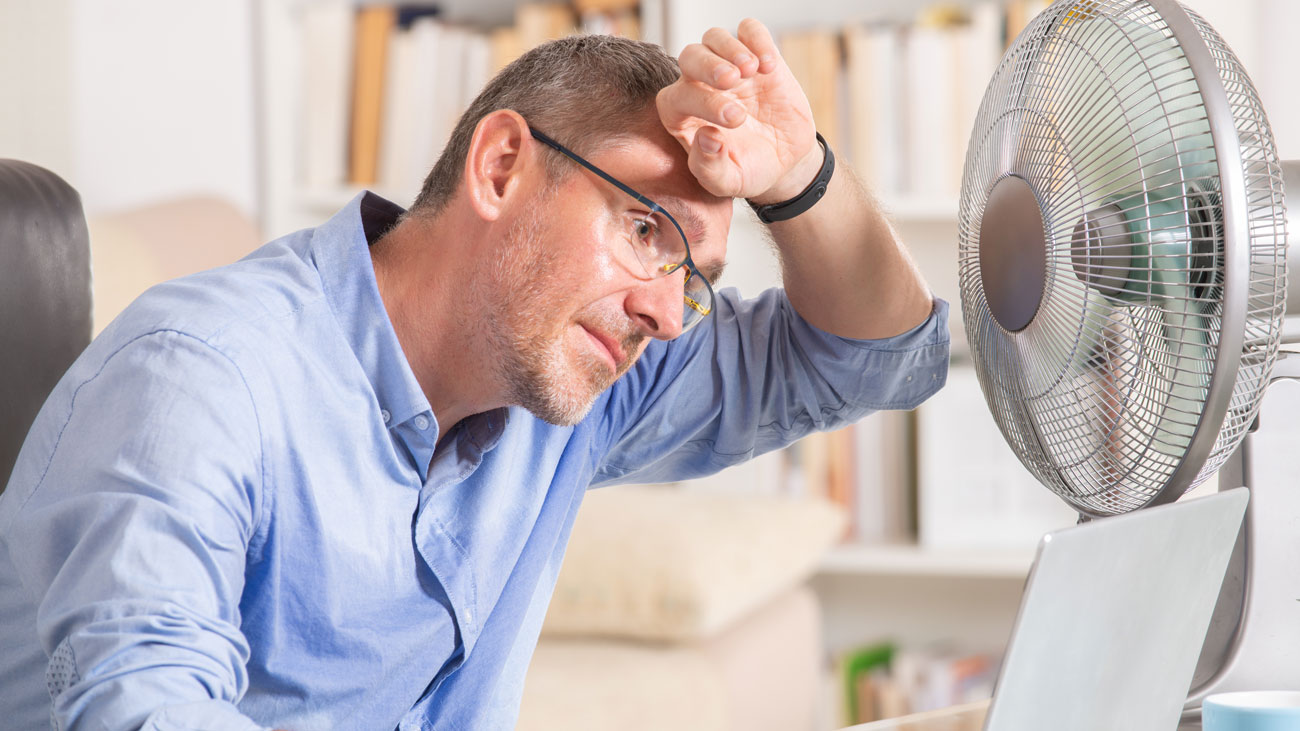
Briefing: Clean air and ventilation in the workplace: why it matters more than ever
Clean air is essential for maintaining good health. According to the World Health Organisation (WHO), air pollution is responsible for over seven million premature deaths each year. In this briefing, rradar health and safety adviser Ken Cook looks at steps to ensure clean air in the workplace.
Poor air quality can cause a range of health problems, including asthma, lung cancer and heart disease. Clean air is especially important for children, the elderly and those with pre-existing health conditions. During the COVID-19 pandemic, the importance of using ventilation systems to protect employee health was prominently underlined.
To ensure clean air, it is essential to reduce the levels of air pollutants and other harmful substances. In the workplace, this can be achieved through a range of measures, including the use of air purifiers and ventilation systems.
The importance of proper ventilation
Proper ventilation is also critical for maintaining good indoor air quality. Poor ventilation can lead to a build-up of pollutants, including mould, bacteria and volatile organic compounds (VOCs). This can lead to a range of health problems, including headaches, fatigue and respiratory issues.
It is essential to have a well-designed ventilation system in any workplace. This system should have a range of measures, including air filters, exhaust fans and natural ventilation. It is also important to regularly inspect and maintain the ventilation system to ensure it is working properly.
Identification of action areas
To pinpoint areas with insufficient ventilation, there are a few straightforward measures that can be taken:
- Start by identifying spots without any natural or mechanical ventilation.
- If an air conditioning or ventilation system lacks an outdoor air source or recirculates air, it is probable that the space is poorly ventilated.
- Unpleasant odours or stuffiness in certain areas are clear indicators of inadequate natural ventilation.
- To monitor ventilation levels, CO2 detectors can be employed, offering an idea of poor ventilation. They are most effective in areas with consistent occupancy and less effective in sparsely populated spaces.
The benefits of clean air and ventilation
There are numerous benefits to clean air and proper ventilation. These include:
- Improved health: clean air and proper ventilation can help reduce the risk of respiratory problems, allergies and other health issues.
- Increased productivity: Studies have shown that good indoor air quality in a workplace can improve productivity and reduce absenteeism.
- Energy savings: a well-designed ventilation system can help reduce energy consumption and lower heating and cooling costs – particularly relevant for employers at the moment.
- Improved comfort: proper ventilation can help regulate indoor temperatures and humidity levels, improving comfort levels for occupants.
- Environmental benefits: clean air and proper ventilation can help reduce greenhouse gas emissions and promote sustainable living.
What the law says
Under Regulation 6 of the Workplace (Health, Safety and Welfare) Regulations 1992, employers must “ensure that every enclosed workplace is ventilated by a sufficient quantity of fresh or purified air”.
Steps to take to improve ventilation
- While open windows and vents are a great way to achieve natural ventilation, it is essential to remember not to prop open fire doors.
- When a space is fully occupied, doors and windows should not be completely shut, as it can decrease ventilation levels, posing a health risk to those present.
- When it is really hot outside, it is a good idea to keep windows and doors closed during the daytime, as the hot external air would come into the building, warming it up. However, after sunset, the outside air starts to cool down.
- As temperatures drop and winds pick up, natural ventilation through openings is likely to increase. Opening windows and doors will raise the room temperature, creating a more comfortable workspace. To minimise draughts, windows at higher levels should be opened wider.
- Frequent airing of rooms is critical for optimal ventilation. Opening all doors and windows widely will generally increase air quality, but it is best to do so when the space is unoccupied.
- Inadequate heating can be compensated for by allowing employees to wear additional layers or warmer clothing. Alternatively, fan convector heaters can be used to increase working temperatures, but only in well-ventilated areas.
HVAC and mechanical ventilation
- HVAC (Heating, Ventilation and Air Conditioning), commonly referred to as mechanical ventilation, is a system that introduces fresh air to a building and heats it if necessary. However, during the pandemic, it had to be used appropriately to achieve maximum benefit with minimal risk.
- Most mechanical ventilation can still operate normally, but it should be adjusted to maximise fresh air and recirculate as little air as possible. If possible, it should be set to operate before and after work areas are used.
- If a recirculation system is being used without drawing in fresh air, it can still be utilised, provided that windows and doors are left open to bring outdoor air into the workspace.
- If a mechanical system supplies fresh air to individual rooms, higher amounts of fresh air can be provided, and this should be maintained.
- Employers must not neglect the servicing schedule and ensure that a reputable and reliable technician services the system in line with the manufacturer's instructions.
Clean air and proper ventilation are essential for maintaining good health, improving productivity, and promoting sustainable living. With the right measures in place, we can ensure that our work environments are safe, healthy and comfortable for all.



